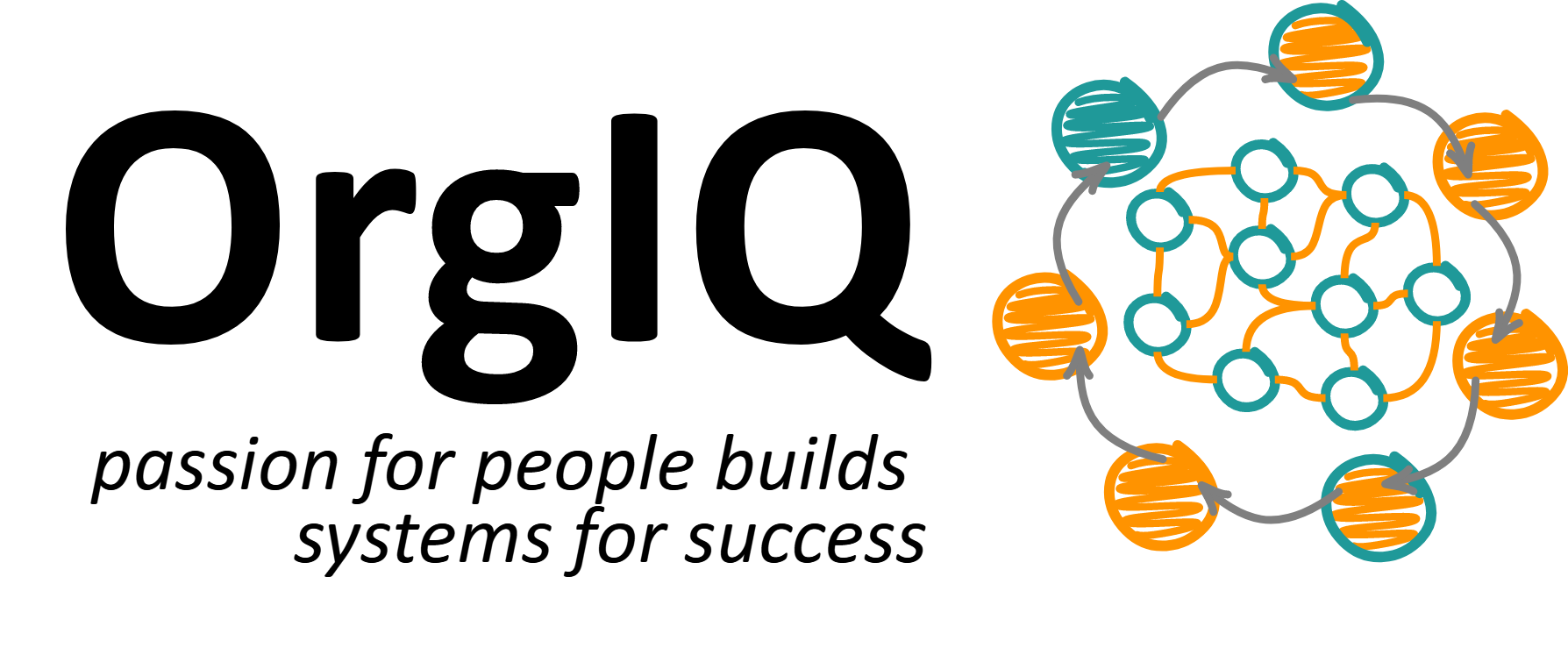Success paints a vibrant picture of growth and triumph in any organization. Initially, there’s a clear purpose and an intense focus on delivering outstanding products or services. Every step is about survival.
However, as success sets in, priorities subtly shift. The fear of losing what has been achieved can overshadow the drive for innovation. Suddenly, the company that once thrived on risk-taking and innovation finds itself mired in bureaucracy, hesitant to make bold moves. How can organizations break free from this “freeze” mode and continue to innovate fearlessly?

The Shift from Creating to Protection
When a startup transitions from fighting for survival to managing success, the atmosphere changes. Success is exhilarating, yet it introduces a fear of failure. Companies often shift their focus to protecting what they have rather than exploring what they could achieve. This defensive stance can lead to reduced risk-taking and increased bureaucracy.
Example: Tech Giants and Innovation
Large tech companies, renowned for their early innovations, often face criticism for slowing down once they achieve market dominance. Their initial agility and risk-taking give way to cautious management and slow decision-making processes.
The Risk of Bureaucracy
As organizations grow, they inevitably develop more complex structures and processes. These are meant to streamline operations and safeguard the company, but they can also stifle creativity.
Studies suggest that companies with rigid bureaucratic structures are less likely to respond effectively to fast-changing market conditions. According to Harvard Business Review, companies that maintain flexible, adaptive structures are better positioned to innovate and capture new opportunities.
Breaking Free: Strategies to Avoid Getting Stuck
To avoid the stagnation that can come with success, companies need proactive strategies that foster a culture of continuous innovation.
Encourage a Culture of Risk-Taking
Creating a safe environment for taking risks is crucial. This means celebrating trials as much as triumphs, and learning from failures without punitive repercussions.
Case Study: Google
Google’s famous “20% time” policy, which encourages employees to spend 20% of their time on projects they’re passionate about, has led to the creation of successful products like Gmail and Google News. This approach demonstrates the value of empowering employees to innovate freely.
Promote Flexibility and Decentralization
Reducing layers of management and allowing teams to make decisions quickly can enhance agility. This decentralization fosters faster responses to market changes and customer needs.
Example: Spotify
Spotify operates with a “squad” model, where small, cross-functional teams have the autonomy to make decisions. This structure supports rapid experimentation and development, keeping the company at the forefront of innovation.
Invest in Continuous Learning and Development
Organizations that prioritize learning are better equipped to adapt. Continuous training and development programs ensure that employees’ skills and knowledge evolve as rapidly as the market does.
Case Study: Amazon
Amazon’s commitment to continuous learning, through initiatives like its Machine Learning University, keeps its workforce innovative and forward-thinking, directly contributing to the company’s growth and adaptability.
Conclusion: Embracing Fearless Innovation
Success should not be a signal to settle into comfort and routine. Instead, it’s a platform from which to reach even greater heights. By fostering a culture that values risk-taking, flexibility, and continuous learning, organizations can not only maintain their success but also drive it forward.
To ensure continued growth and innovation, leaders must consciously avoid the pitfalls of bureaucratic stagnation. Embracing change, empowering employees, and promoting an environment of constant learning are key to thriving in the dynamic landscape of business. Remember, staying in motion is the best defense against getting stuck in the freeze of success.
How Does OrgIQ Support this?
OrgIQ is all about balance. We need both. Huge success will scare us. Always and everyone. And this is okay. With size comes responsibility. We need to feed the people.
But the focus on the purpose, which created the success initially, should never be lost. The steering loop of purpose and results is the perfect reminder. Revenue is just a 2nd or 3rd grade indicator that this loop is working.
And the Clockwork should take responsibility, but the Clockwork needs also to remember that it created a stable system, which operated on it’s own and is grown up. We need to trust the system.
And why can we trust the system? Because it’s diverse. We have our pioneers that will invent the future, if we allow them to. We have the Guardians that will ensure and follow the processes. And we have the Lifelines who are our backup, memory, and experience.
We have everything already in place. We just need to trust the system that it will do the best for all of us.

Leave a Reply